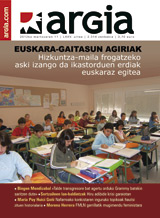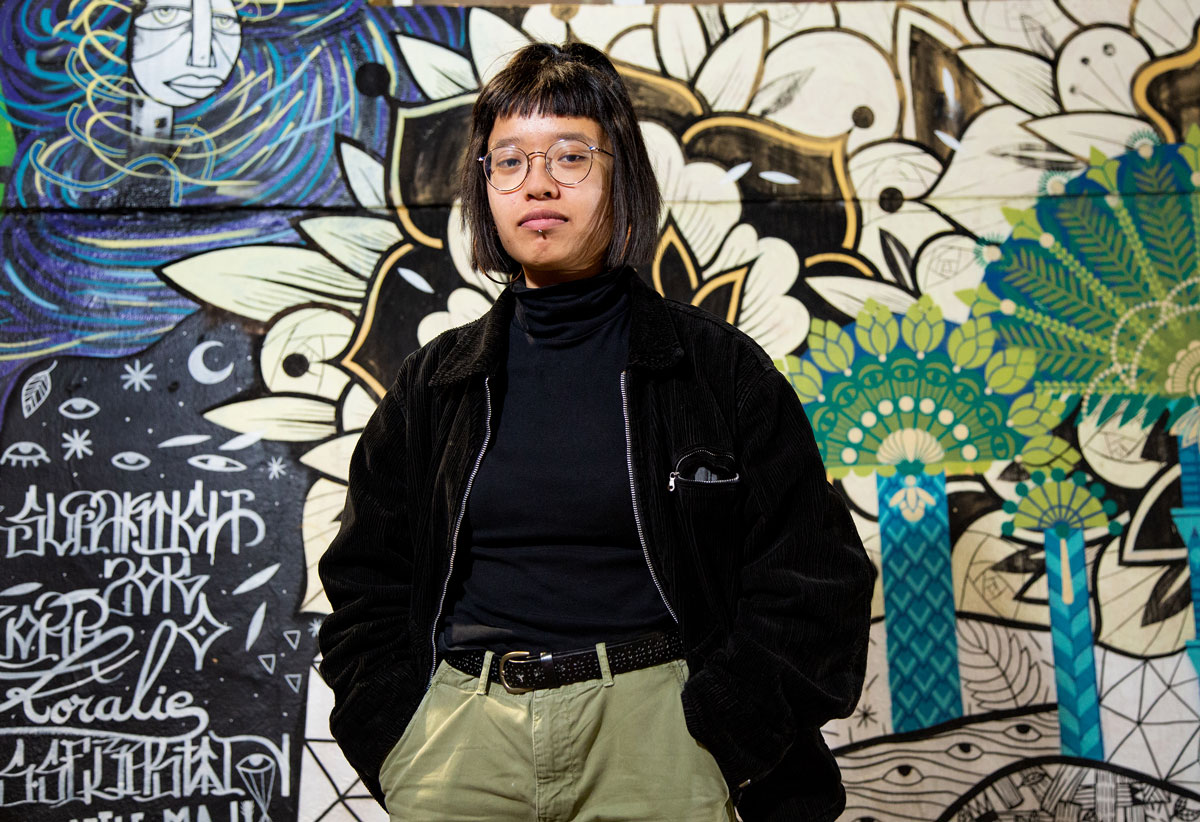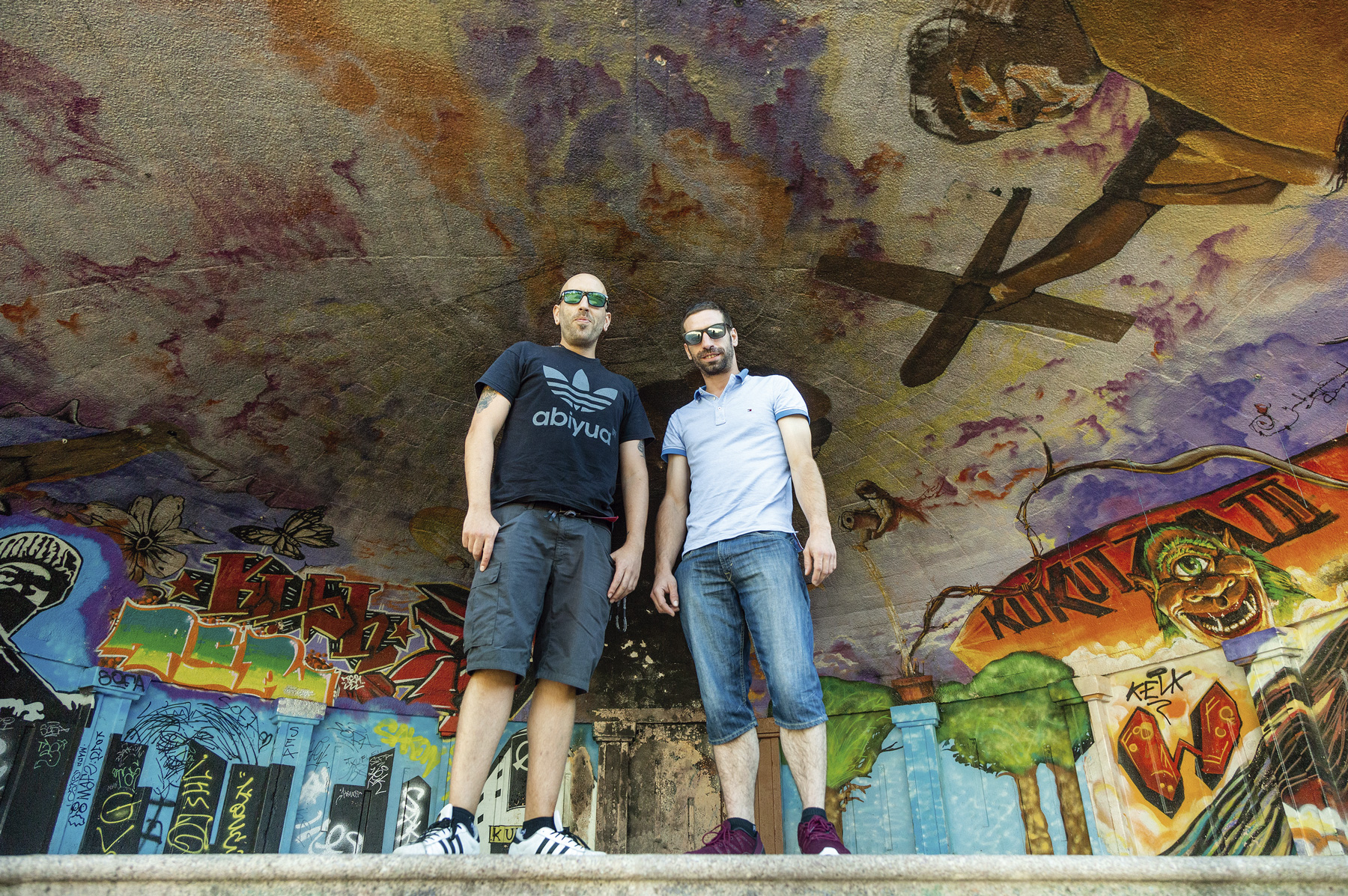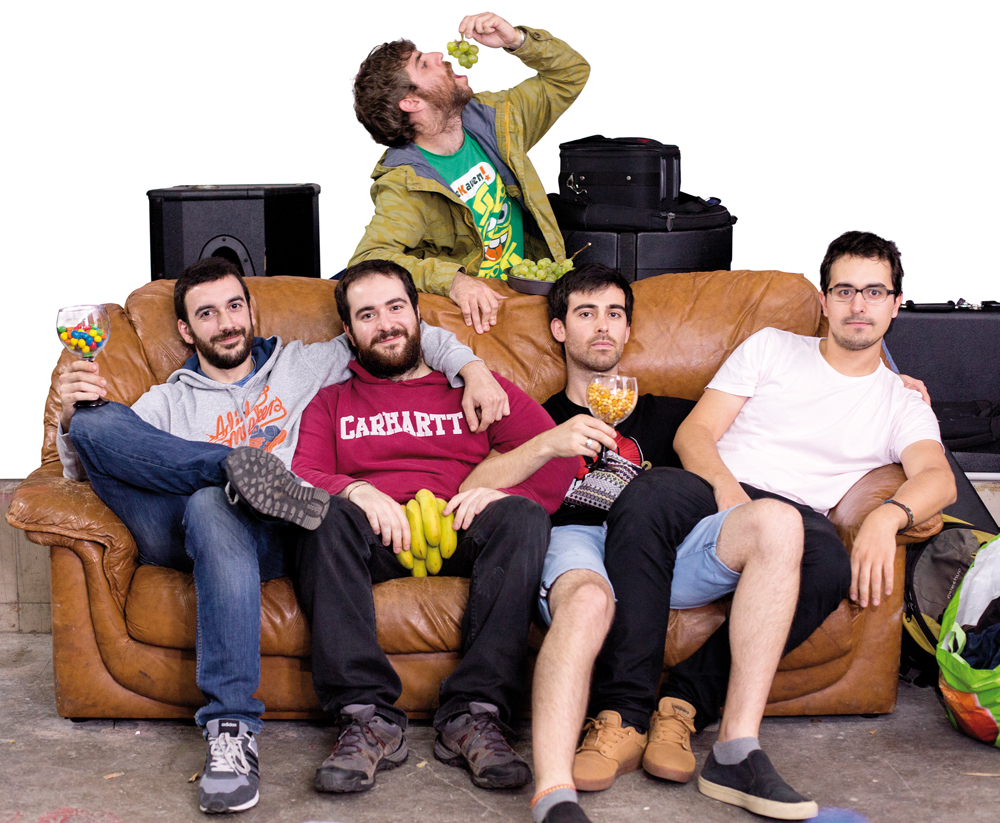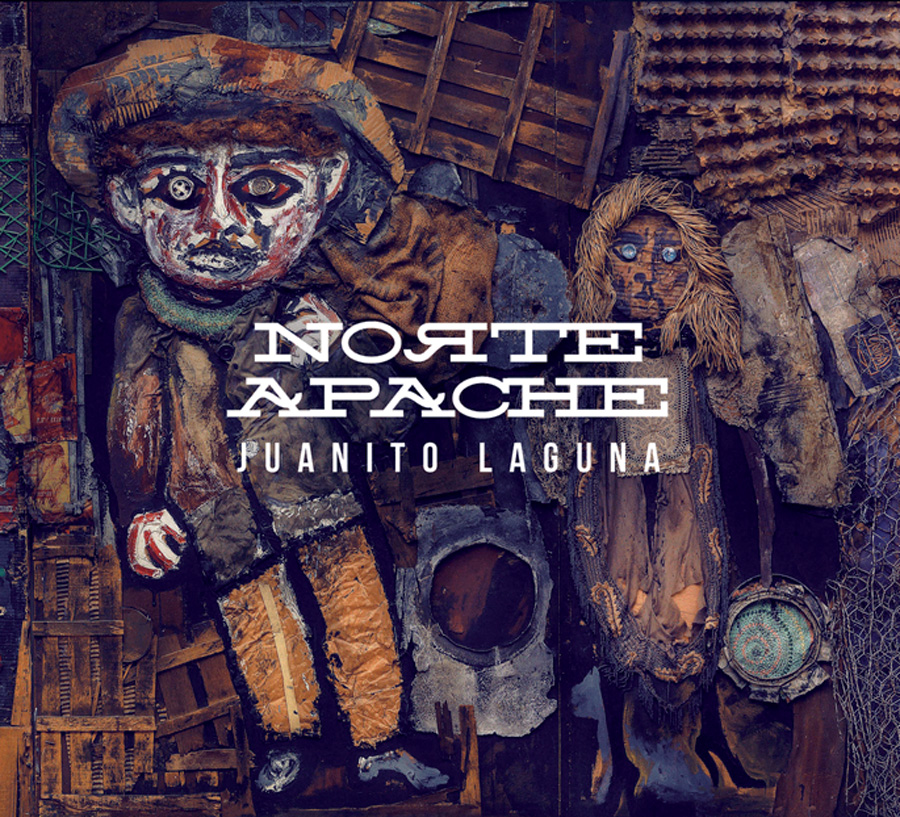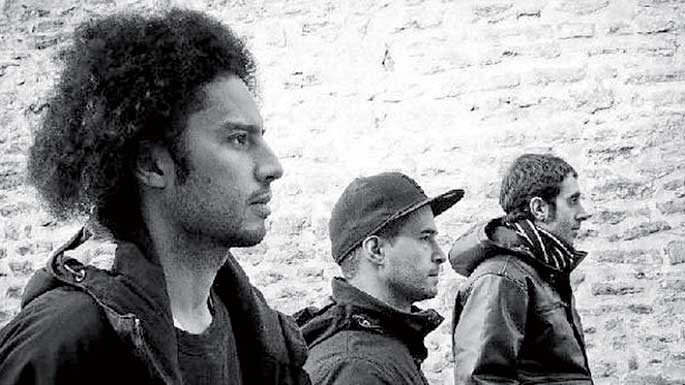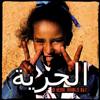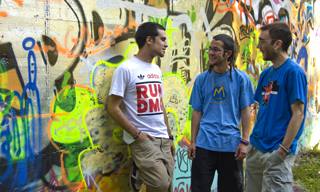North Apache, cauliflower irrintzi
- In our case, when we hear the word chylombo, everyone will think more or less that we are talking about a scandal. But the black slaves fueled by the quilombo, we have free republics created in the jungle. It is no coincidence, therefore, that the last album by Norte Apache bears the same name, since the same album is a republic built by claim of freedom.
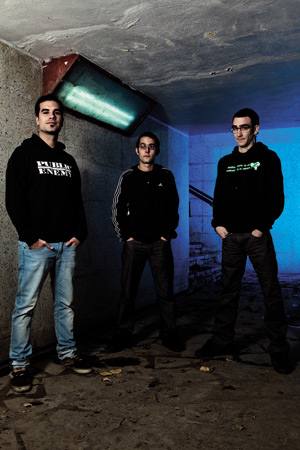
It is doing what seemed impossible a few years ago: uniting the Basque country and rap. Here and there were many who laughed. “I started to rap in Basque on my own,” says Norte singer Apach, Rayco. As he did, he had the opportunity to meet people like him. “We were raping Gaizka and me, without having news from each other. Once we met, we gathered forces and started to give concerts with Aritz Sound System, among which was also Endika (121 Krew).” It was in 2007, when the project that we now know as Norte Apache began. In a short time, the group underwent changes: “After several years together, Gaizka left and Aitor came as a DJ and Ibon as MC. Since then, we have kept the balance, as we have kept a concert.” With the arrival of the new members, they managed to give more than 50 concerts in a year and a half and, in the meantime, they were rounding the lead. On the other side of the fence (2009) we have the first album of the band. A year later, another live print was published in Paris to mark the 20th anniversary of the Mamariga House of Culture.
They have a very beloved corner in the House of Culture and there we have had a talk. “We’ve started in gaztetxes, those are the places we know, the places where we are,” says Aitor. “I don’t know if there is a rap circuit, but we do most of the appearances in these kinds of places, like the celebrations of the youth assemblies. Maybe we should visit more theaters.” For the coming months, they have several festivals, spread throughout the Basque Country: Arrasate, Altsasu, Biarritz…
Last year, the group gave birth to a new album that has received very good criticism: Quilombo (Musikherria) Ibon has explained how he works: “We’re not a usage group, and this last album is as well. There are few producers, those who have a lot of work and with the bases we had a lot of trouble. But Iker Eskurza (the E-you study) has created our own bases. The essence and the freshness of this work has been put by Iker. On the other hand, Rayco writes the words and Aitor scratches.” The normal thing is that the bases are first created on a disc, according to Rayco: “From the bases we talk to the producer to show his ideas; we also work with him the structure: the refrain, the revenue, the rap fragments and, later, we proceed to write”. However, in Quilombo they have not always followed this mechanics. “We’ve done it backwards with some bases. We had a simple structure and Iker has made the bases according to our words and structures.”
The Left Margin of Bilbao was for a long time one of the Basque strengths of punk. Eskorbuto, Distorsion, Zarama or Subversion X were born there. Today, in chanting truths, in publishing political words and claims, rap seems to have endorsed this punkie need: “Gaizka, though outside the rap world, is from Santurtzi, like Aitor. Ibon de Sestao and Endika 121 Krew de Barakaldo. I am the only billiard,” says Rayco, “it is curious, on the other hand, that all this is done in Basque and in the Left Margin, in an area that is not famous for being Basque. At least, that’s the view of many.” As before, the songs talk about the problems of young people, the Gaztetxes, the repression and the large infrastructures imposed, as well as the indigenous peoples. From the name of the group, references to indigenous people are constant. They seem to have created their own indigenous universe. Quilombo, Ghettos, Left Margin. “We see our people, our culture as if we were Indians; we stand against the cowboys, our way of being. We are also indigenous,” said Rayco. Mapuche. Sandinista Nicaragua. I will defend my father's house. Bukowski and Silvio Rodríguez; Hertzainak and Kortatu; take the neck and go ahead. The comrades of the Apaches of the Left Margin varied greatly; the inhabitants of the North Apach: “In the songs we use various bertsos and ideas from groups we like, such as ‘they are not the best times ever’. In addition to the small tribute we pay them, it also serves to bring rap to people. There are references for many people and rap also serves to sound in the ear,” explains Ibon. Gabriel Aresti is also among us: “I like things that interest me, like Aresti’s. It’s a poem that met me and excited me as a young man, I agree with what he says,” he added.
The album has also featured several indigenous visitors. 121 Krewko Endika, Miren Amuriza, Aiora Renteria of ZEA Mays and Iñaki Imaz Pitik, Iker Fernández and Iker Eskurza participated in the competition. In addition to concerts, there are other plans for the future: bringing people closer to anglerfish, encouraging rap, fostering solidarity among those who raped in Basque, strengthening their work. “Little by little, we ask for seriousness for the concerts, we ask for it and we offer it to you. We want them to take us seriously, and they seem to take us seriously. Thank you. This is our work, our responsibility is increasing, it is not a hobby,” says Rayco. Let the irrintzi of the Apaches of the Left Margin laugh, and let the Basque quilombo grow ever bigger.
Two hours before the presentation has come to assemble the multitudinous. “But, aber, it’s a rapeed guy and a DJ already has it and it’s done, right? What do they have to assemble here?” he thought of some totally incomplete brains. Much of the brain responds to that... [+]
“The life of a poor child is worth as much as that of another middle-class or affluent class.” The words of Vanesa Orieta, the last album by Norte Apache, Juanito Laguna, stole and assassinated his brother Luciano Arruga, 16, in Buenos Aires. From South America to Bilbao,... [+]
Iruñeko Katakraken ikastaroa antolatu dute musika beltzaren inguruan. Izen emateko epea zabalik da.
Batzuen artean : Bi herri, irrintzi bat.
Musikherria
Iraupena : 59´30´´
Prezioa : 5€









